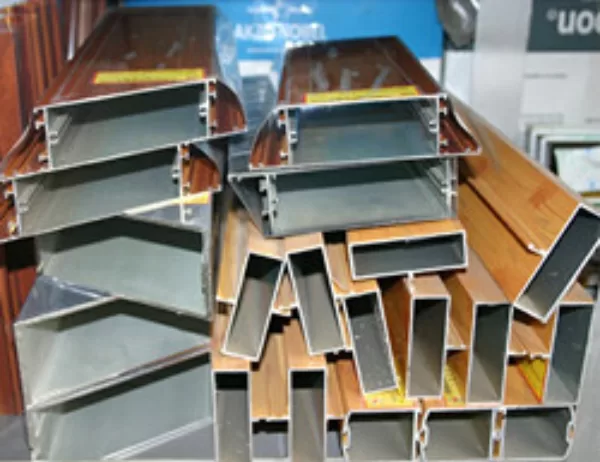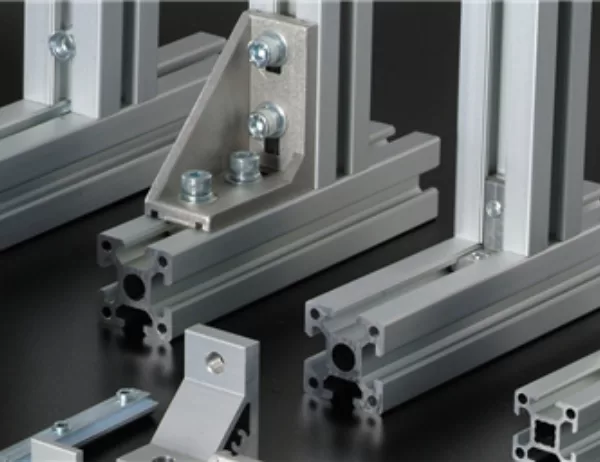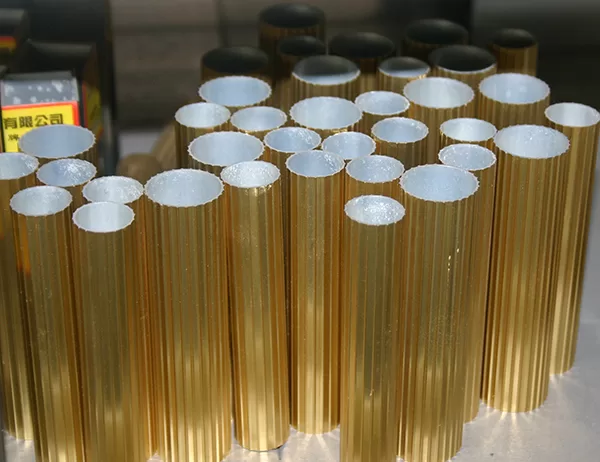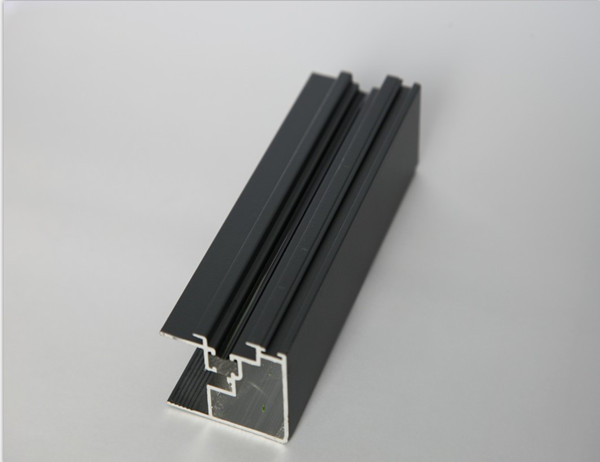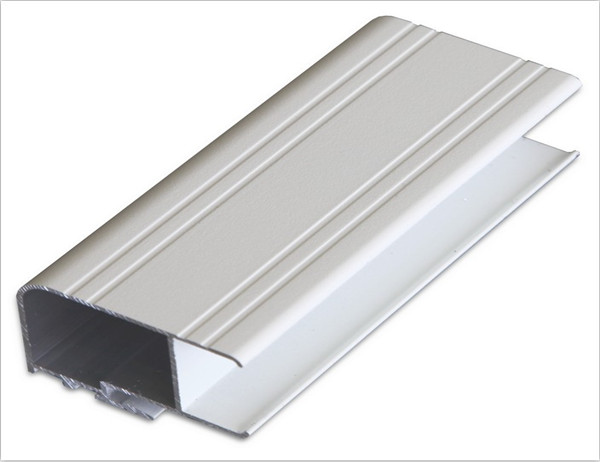In the era of environmental consciousness and the pursuit of sustainable practices, the construction industry has been challenged to develop innovative and environmentally friendly building solutions. Aluminum profiles have emerged as a game-changer in this regard, offering a plethora of advantages that contribute to sustainable building practices.
Durability and Longevity
Aluminum is renowned for its exceptional durability and longevity. Unlike traditional building materials such as wood or steel, aluminum profiles are not susceptible to corrosion, rot, or termite infestation. They can withstand extreme weather conditions and maintain their structural integrity over decades, reducing the frequency and cost of repairs and replacements.
Energy Efficiency
Aluminum profiles play a crucial role in enhancing the energy efficiency of buildings. Their high thermal conductivity allows for the efficient transfer of heat, minimizing thermal bridging and reducing energy consumption. Additionally, aluminum profiles can be used to create tight building envelopes, preventing air infiltration and ensuring optimal insulation.
Lightweight Construction
The lightweight nature of aluminum profiles offers several advantages for sustainable building. Reduced weight means reduced transportation costs and emissions, as well as decreased structural loads on buildings. This allows for more efficient structural designs, saving materials and energy.
Recyclability
Aluminum is a highly recyclable material, boasting a recycling rate of over 90%. When aluminum profiles reach the end of their lifespan, they can be easily recycled into new products, reducing waste and conserving valuable resources. This contributes to a circular economy and minimizes the environmental impact of the building industry.
Fire Resistance
Aluminum profiles possess excellent fire resistance properties. They do not burn or release toxic fumes, ensuring the safety of occupants in the event of a fire. This makes aluminum profiles a preferred choice for building fire-rated assemblies and fire escape systems.
Aesthetics and Versatility
Beyond their functional advantages, aluminum profiles offer a wide range of aesthetic possibilities. They can be anodized in various colors and finishes, giving architects and designers the flexibility to create visually appealing and unique building facades and interiors. The versatility of aluminum profiles allows them to be used in a diverse array of applications, including windows, doors, cladding, and roofing systems.
Conclusion
Sustainable Building with Aluminum Profiles presents a compelling solution for achieving environmental sustainability in the construction industry. From their exceptional durability to their energy efficiency, recyclability, and fire resistance, aluminum profiles offer numerous advantages that contribute to environmentally conscious building practices. By incorporating aluminum profiles into their designs, architects and builders can create buildings that are not only aesthetically pleasing but also sustainable for generations to come.
